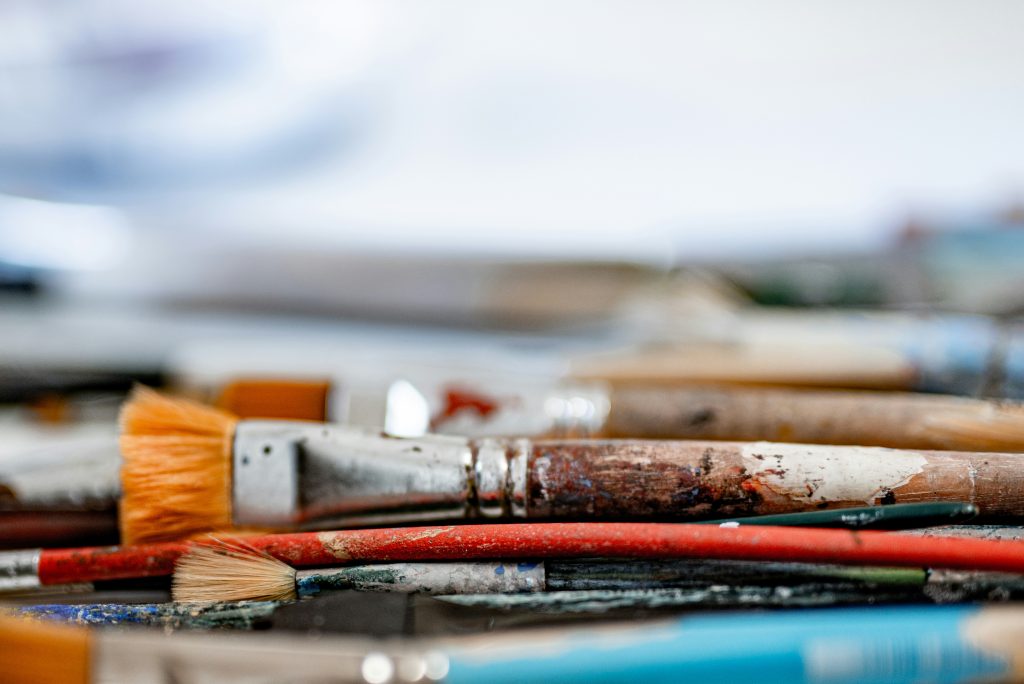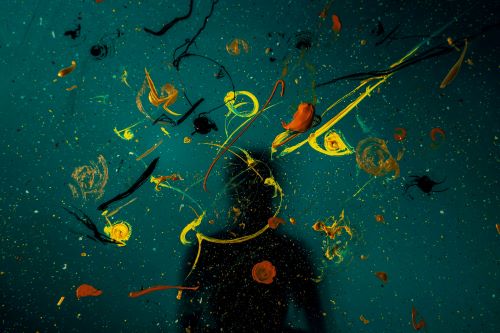
In the evolving landscape of education, where Competency-Based Curriculum (CBC) takes center stage, the impetus for fostering creativity and innovation in classrooms has never been stronger. CBC’s emphasis on learner-centric approaches and skills acquisition provides a fertile ground for integrating creative teaching and learning methodologies. This blog delves into the essence of nurturing creativity and innovation within CBC classrooms, underscored by a narrative that brings to life the transformative power of such educational environments.
The Foundation of Creativity and Innovation in Education
Creativity and innovation in education are not merely about the arts or the sciences alone but about thinking and acting differently in all areas of learning and problem-solving. These competencies enable students to approach tasks with an open mind, explore various solutions, and create value in unique ways. In CBC classrooms, this translates to designing learning experiences that encourage critical thinking, problem-solving, and the ability to adapt to new situations—skills imperative for success in the 21st century.
The Role of CBC in Cultivating Creative Thinkers
The Competency-Based Curriculum champions active learning strategies that place students at the heart of the educational experience. By focusing on the development of specific competencies rather than rote memorization, CBC inherently promotes creativity and innovation. Teachers are facilitators who provide the tools and context for learners to explore, discover, and create knowledge independently or collaboratively. This approach fosters a classroom environment where students are encouraged to question, experiment, and take ownership of their learning journey.
Storytelling as a Catalyst for Creativity

Imagine a classroom in one of Kenya’s vibrant primary schools, where Mrs. Akinyi, a dedicated teacher, embarks on a journey to weave creativity into the fabric of her teaching methodology. She introduces storytelling, not just as a tool for teaching language and literacy but as a powerful instrument for cultivating imagination and innovative thinking across subjects.
In her science class, Mrs. Akinyi tells the story of a village that faced a severe water shortage. She challenges her students to step into the shoes of the villagers and come up with creative solutions to save their village. This narrative not only captures the students’ interest but also stimulates their problem-solving skills. They brainstorm, debate, and collaboratively design models of water conservation systems, integrating their knowledge of science with creativity and teamwork.
Through storytelling, Mrs. Akinyi’s students learn to see beyond conventional solutions, exploring the realms of what could be. They develop empathy, understand complexity, and become adept at communicating their ideas effectively. These are the hallmarks of innovative thinkers who are prepared to navigate the challenges of the future.
Strategies to Foster Creativity and Innovation
- Incorporate Project-Based Learning: Design projects that require critical thinking, collaboration, and creative problem-solving, allowing students to apply their knowledge in real-world contexts.
- Encourage Inquiry-Based Learning: Pose open-ended questions and problems that have no single correct answer. This approach nurtures curiosity and allows creativity to flourish.
- Utilize Technology and Multimedia: Leverage technology to provide diverse and stimulating learning experiences. Digital tools can enhance creativity by offering new ways to explore, create, and share knowledge.
- Create a Safe and Supportive Environment: Cultivate a classroom atmosphere where students feel safe to express their ideas, take risks, and learn from failure. A supportive environment is critical for creativity to thrive.
- Celebrate Diversity and Collaboration: Encourage students to work in teams, valuing diverse perspectives and skills. Collaboration can lead to innovative solutions that might not emerge in solitary thinking.
Conclusion
The journey to fostering creativity and innovation in CBC classrooms is both exciting and essential. By integrating storytelling and other creative strategies into the curriculum, educators can prepare students not just to succeed in exams but to excel in life. The story of Mrs. Akinyi and her students serves as a testament to the transformative potential of education that embraces creativity and innovation. As educators, our task is to nurture these sparks of creativity, guiding our students to become innovative thinkers who can adapt and thrive in an ever-changing world.